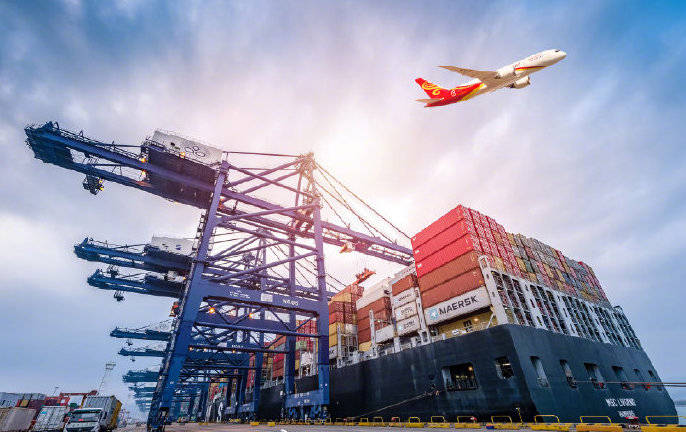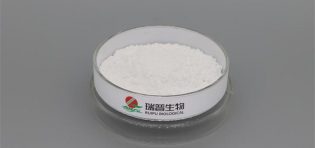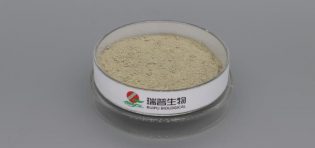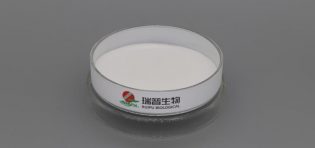
Exporting ferrous lactate or any chemical compound requires careful planning to ensure the safe and compliant transportation of the product.I recommend that you consider regulations and compliance, product packaging, labels and documentation, safety data sheets (SDS), modes of transport, packaging and handling signs, transport service providers, customs clearance, insurance, emergency response plans, communication, and other aspects when exporting ferrous lactate to ensure a smooth export.
Familiarize yourself with the regulations and requirements for exporting chemicals, including ferrous lactate, in both your country and the destination country.This includes understanding the relevant international transportation regulations such as the UN Recommendations on the Transport of Dangerous Goods (UNRTDG).
Use appropriate packaging that complies with international standards for chemical transportation. The packaging should be robust, leak-proof, and properly labeled with the required information.
Ensure that all containers are properly labeled with clear and accurate information, including the chemical name, UN number, hazard class, handling instructions, and emergency contact information.Prepare the necessary shipping and customs documents in accordance with the regulations of the destination country.
Provide an up-to-date SDS for the ferrous lactate product.The SDS should outline the product's properties, handling, storage, safety precautions, and emergency procedures. This document is crucial for safe transportation and handling.
Choose the appropriate mode of transportation (e.g., air, sea, road) based on factors such as distance, destination, regulations, and urgency.Each mode has specific requirements and considerations.
Use internationally recognized symbols and markings on packaging to indicate the nature of the cargo, handling instructions, and any hazards associated with the product.
Select a reliable and experienced transportation company with expertise in handling chemical shipments.Ensure that the chosen provider is knowledgeable about the specific requirements for transporting ferrous lactate.
Familiarize yourself with the customs procedures and documentation requirements of both your country and the destination country.Ensure that all necessary customs forms are accurately completed.
Consider obtaining appropriate insurance coverage to protect against any potential damage, loss, or liability during transportation.
Have a clear emergency response plan in place in case of accidents, spills, leaks, or other incidents during transportation.Ensure that everyone involved in the process is aware of the plan.
Consider the transit time and conditions during transportation, especially if ferrous lactate is sensitive to temperature, humidity, or other environmental factors.
Maintain open and clear communication with all parties involved, including suppliers, transportation companies, customs officials, and customers.
Exporting chemicals involves legal, safety, and environmental considerations.It's important to work closely with professionals who are knowledgeable about chemical transportation regulations and practices.Always prioritize the safety of people, the environment, and the product itself.








